At the end of the Second World War, the Oder-Warthe region became a German-Polish border area. The previously shared history experienced an almost complete reboot. In addition to the new border along the Oder, the westward shift of Poland also brought a radical population exchange on the now Polish side of the Oder, combined with a new language barrier.
Characterised by the narratives of the victorious powers, memory was "overwritten" and cultures began to develop separately from one another. Two fundamentally different ideologies (capitalism / socialism) became entrenched on German soil (FRG/West Berlin and GDR) and almost escalated into the Cold War.
The Oder-Warthe region first had to find its feet in this mixed situation and thus wrote its own new history. Germans and Poles organised the reconstruction after 1945 in peaceful neighbourhood, strictly controlled by the socialist regime. Accompanied by supply shortages and the persecution of dissidents, hidden and open resistance to the socialist system developed on both sides of the border in the 1960s and 1970s, as did the urge for social change and democratic conditions.
Solidarnosc, glasnost and perestroika led to the peaceful revolution, political change and German reunification. The founding of the European Union in 1993 and Poland's accession in 2004 brought the Oder-Warthe region back together. Exciting traces of this development can be seen at many places of remembrance such as Trebnitz Castle, the Werbig Peace Forest, the Seelow historical railway station, the former border station Kostrzyn nad Odra or the Witnica Signpost Park.
Our educational tour takes you back to a time of encounter and discovery and the growing together of the Oder-Warthe region.
Campus Schloss Trebnitz - A lively place for the region
The "Campus Schloss Trebnitz" successfully combines regional commitment with the activities of all local institutions in the fields of international exchange, extracurricular education, adult education, art and science. Enjoy a walk around the Trebnitz Castle campus and a visit to the Gustav Seitz Museum. With the free audio guide, you can organise your own tour (approx. 45 minutes). Let yourself be guided by the voice of the well-known singer-songwriter Rolf Zuckowski and learn interesting facts about Gustav Seitz.
Werbig peace forest - a sign against war and in favour of communal remembrance
On 13 April 1991, a private initiative created the first Seelow Heights Peace Forest on the Krugberg in Werbig to commemorate the largest battle of the Second World War on German soil. More than 40,000 people died in April 1945. In addition to the peace forest with 365 trees, the Krugberg also offers a magnificent view of the Oderbruch and interesting art objects. The peace forest initiative was the beginning of a chain of peace forests that leads across Poland (east of the Oder near the small village of Gorzyca) to Russia (Brest).
Museum Geschichtsstation Seelow (Mark) - Exciting regional history between 1930 and 1960
The former Seelow (Mark) station building is a representative functional building from the 19th century in typical railway architecture. Although the platform on the Frankfurt (Oder) - Eberswalde line is still in operation, the station building had been unused for a long time. As part of a subsidised project, the building was extensively renovated and converted into a museum of regional history by 2022. Here, the fateful events between 1930 and 1960 are vividly presented from the perspective of the inhabitants of the Oder-Warthe region.
Former border station Kostrzyn nad Odra - a place of encounter and shared history
The former border station on the B1 just behind the Oder is still almost in its original state. It is the last remaining border station on the Oder. The buildings next to the covered carriageway now house the Kostrzyn nad Odra town council and, on the other side, the Küstrin Fortress Museum. The fortress and former historic centre of Küstrin was almost completely destroyed by the Red Army in 1945 and never rebuilt. With the "Pompeii on the Oder" and the former border station, the town thus stands for several important events in the history of the region and the whole world.
Witnica signpost park - plenty of room for interpretation
Original exhibits linked to the historical route between Berlin and Königsberg, along which Witnica lay, have been brought together in this city park, which covers several hectares. The exhibits are grouped into four collections: Culture of the Way, Milestones of Civilisation, Reflection and Fantasy. The Signpost Park is an original way to convey knowledge about the history of technology and to reflect on the great changes of the centuries, the history of the western territories and the human suffering that accompanied them.

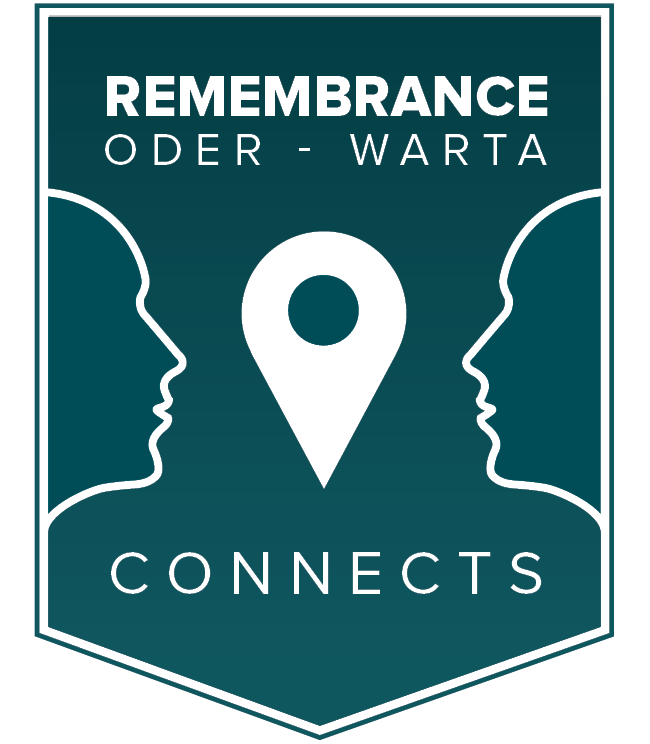
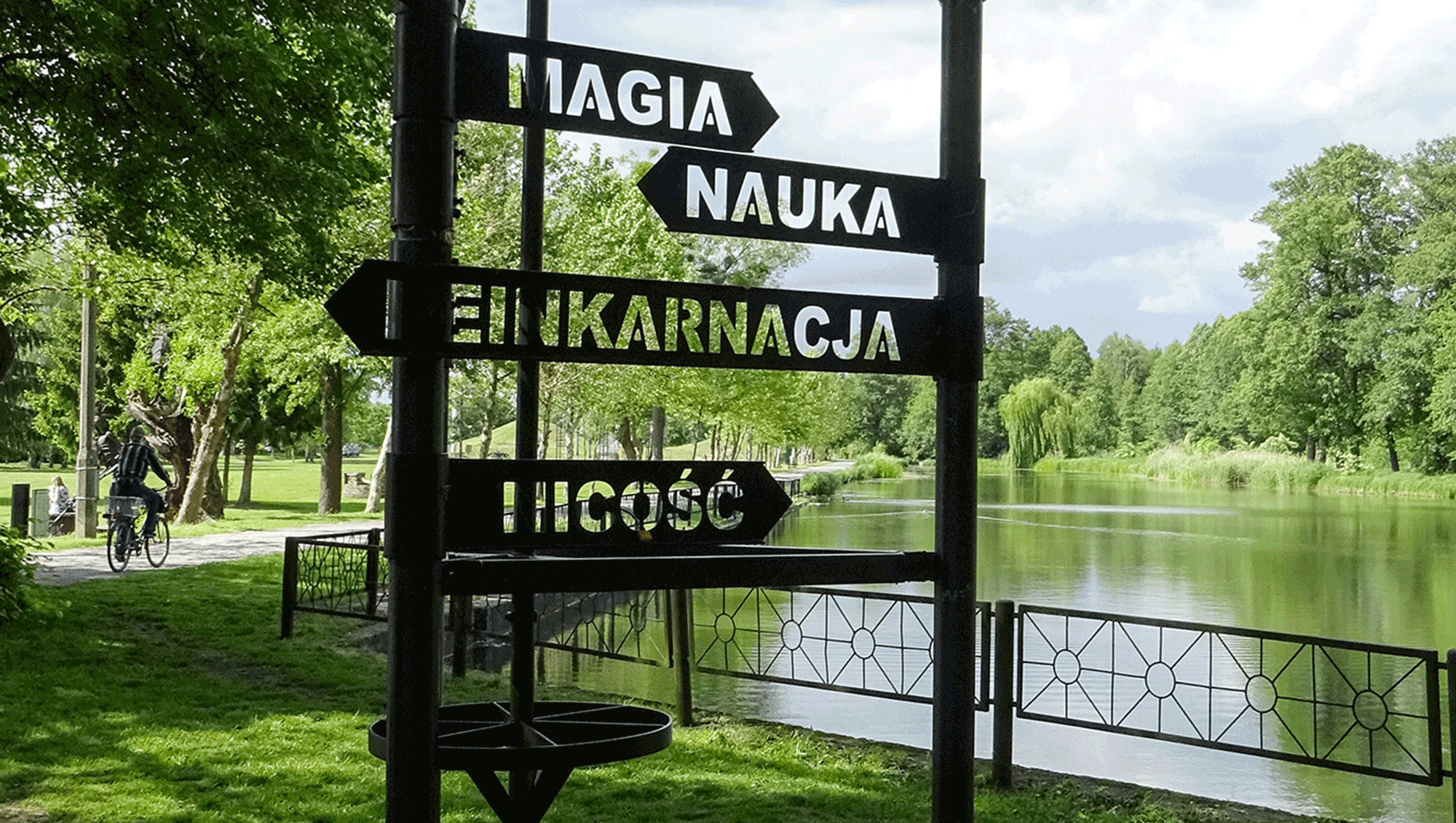
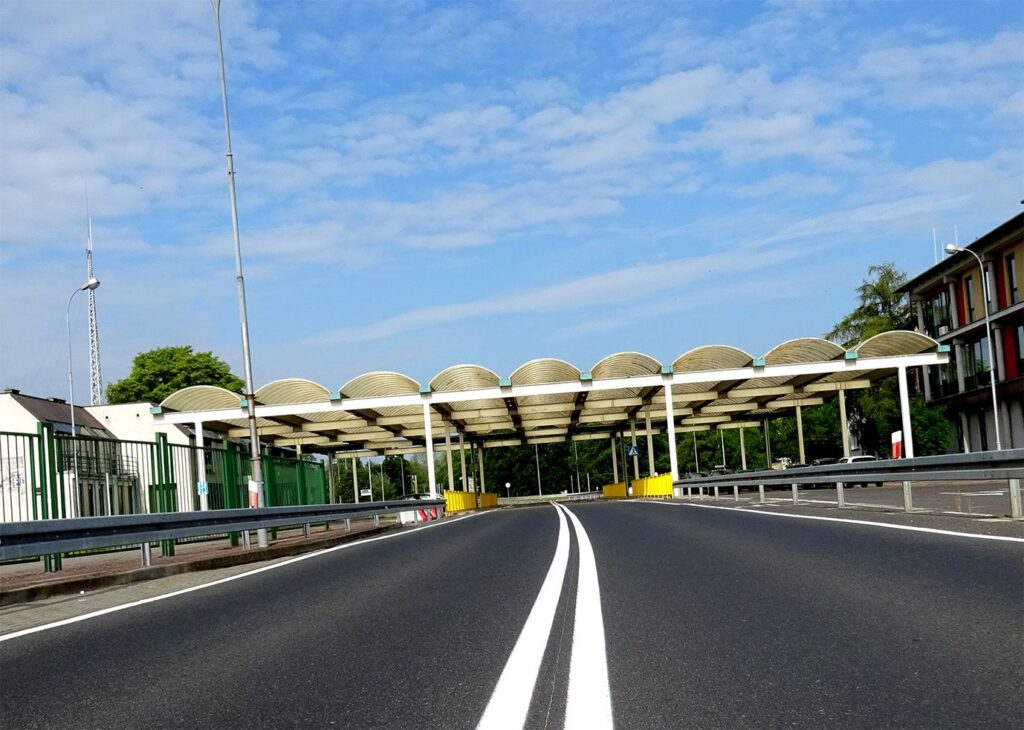
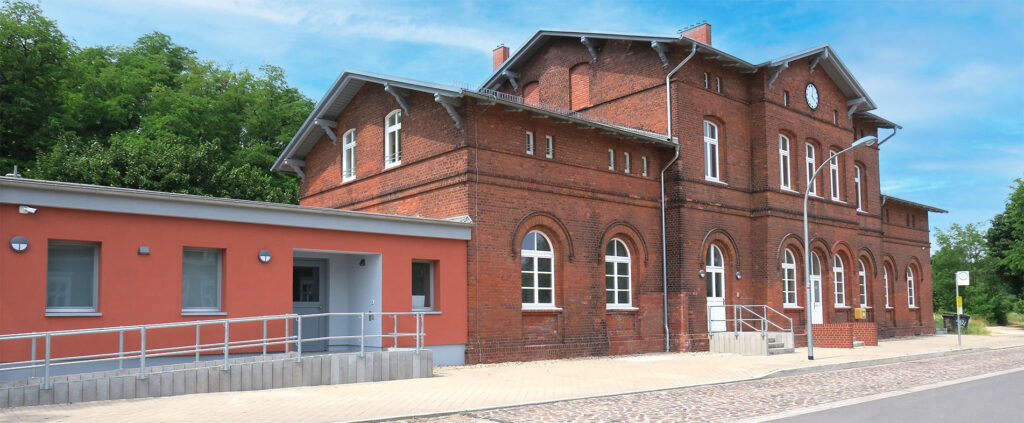
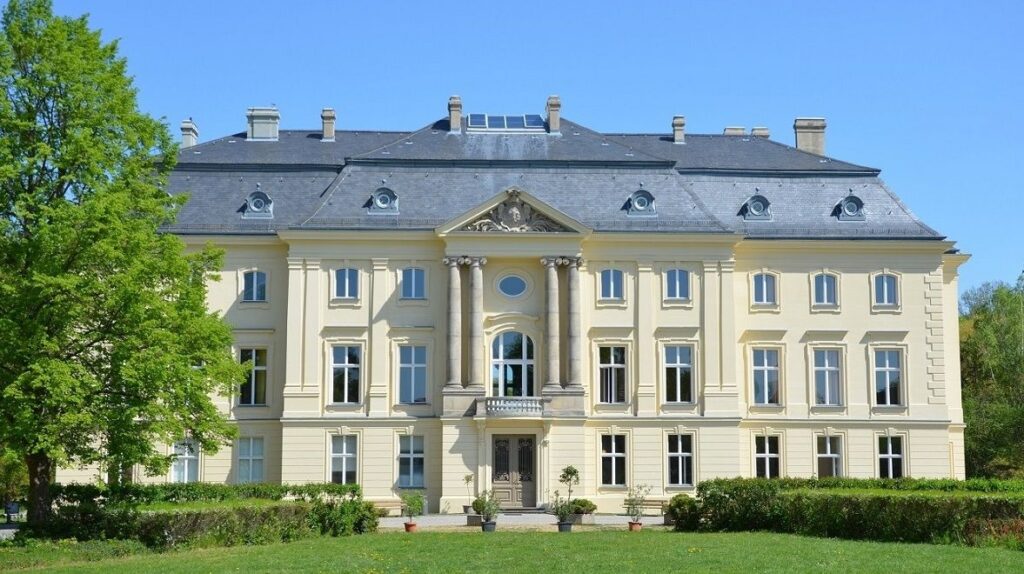
Leave a Reply